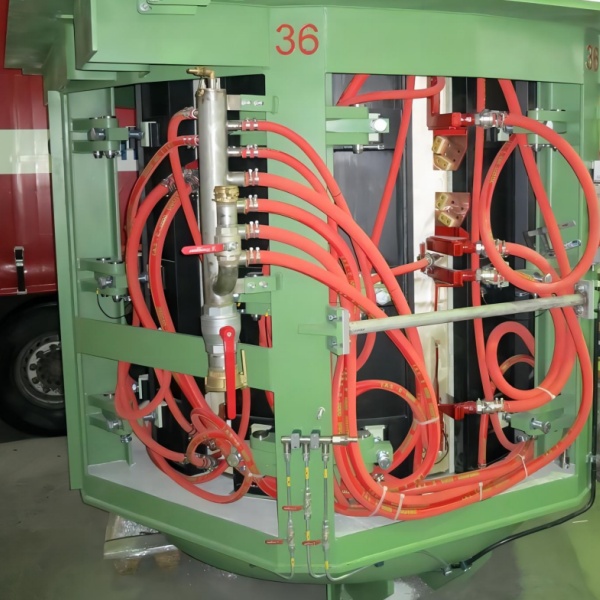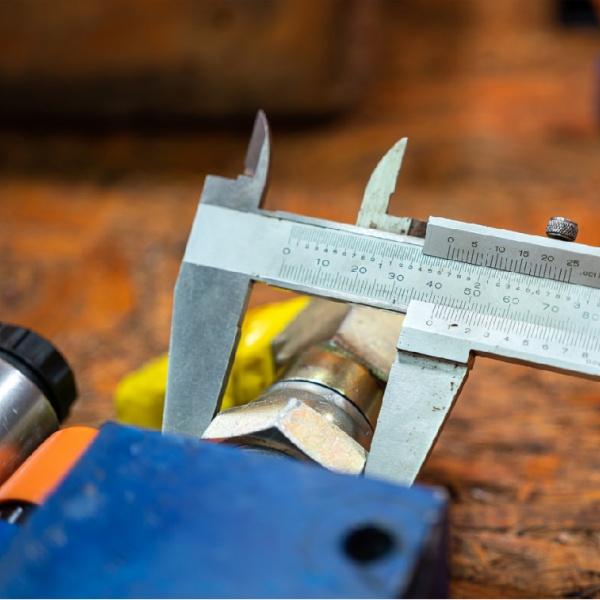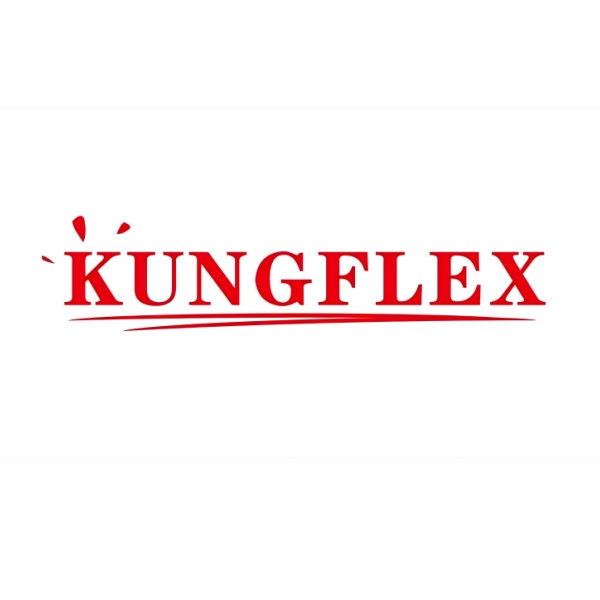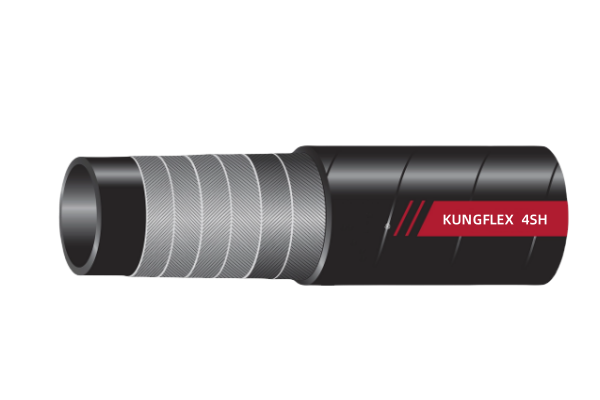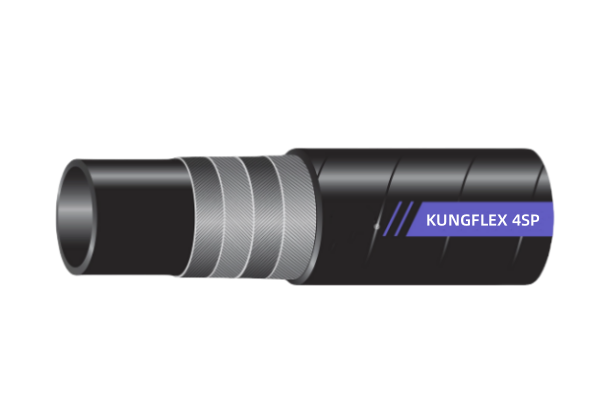Product Categories
hose
Joint
Hydraulic equipment
Fluid control valves
Rigid tubes
-
Hose fittings
- Metric flat seals
- Metric spherical seals
- Metric 24° Cone Light Series
- Metric 24° cone weight series
- Metric 60° cone seal
- Metric 74° cone seal
- Metric 74° Cone Seal BSPT Inch Cone Pipe Thread
- Pipe thread flat seal
- British pipe thread 60° cone seal
- Pipe threaded spherical seal
- NPT cloth cone pipe thread
- Articulated joints
- Japanese Imperial 60° cone seal
- American JIC 74° cone seal
- US ORFS Flat Seal
- Double-sided core
- Six-layer steel wire stripping inner and outer rubber core
- Detachable hose fittings
- Metric tube sleeve type
-
Adapters
- DIN compression fittings
- Metric threaded O-ring flat seal
- Metric thread 74° cone seal
- Japanese-style British pipe threaded 60° cone seal joint
- British pipe thread 60° cone seal fitting
- Inch cone pipe threaded BSPT fittings
- American tapered pipe threaded NPT fittings
- U.S. 74° tapered thread flare fittings
- U.S. Threaded O-Ring Flat Seal ORFS Fittings
- Standard fittings
- Flange joints
- Twin compression fittings
- Quick couplings
- Swivel joints
- Industrial connectors
- Pressure test fittings
- Fitting accessories
- Application
- Solution
-
Knowledge
- Steam pipe features
- How to choose a carbon-free hose
- Application of insulated tubes in submerged arc furnaces
- Breaker
- Twin tube fitting features
- HB4-4FA-2002 Navigation Connector Features
- The difference between 4SP and 4SH steel wire hose
- Liquid-cooled blind plug quick couplings
- Ultra-high purity steel pipe assembly
- Dispenser Teflon (PTFE) hose
- Hose assembly installation instructions
- SAE flange core
- About
- Brand Story


